We may receive a commission when you use our affiliate links. However, this does not impact our recommendations.
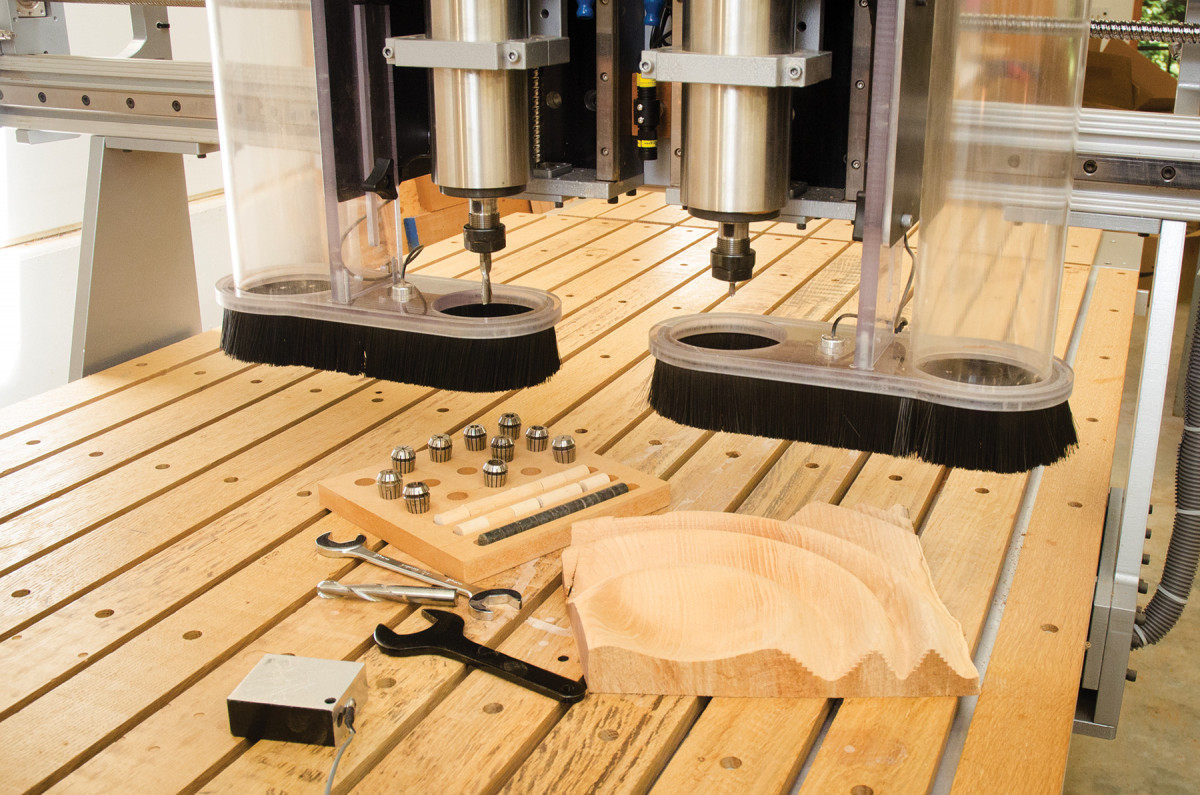
Purpose-made. This two-spindle CNC was custom-built for woodworking.
Learn how computers, software and CNCs can contribute in your shop.
There are a lot of ways to do woodworking.
For example, there’s more than a dozen ways to make mortises and tenons. The same is true for almost everything a woodworker does. For any given task, everyone finds a way to do it that fits how they work or a particular situation. For most of us, woodworking is a combination of hand and machine tools and techniques. If you’re making a living as a furniture maker as I do, you probably tend to be more pragmatic in your choices and lean a bit harder on machines for added efficiency, accuracy and time saving.
As if there weren’t already enough options, there’s something new to consider. Thanks to lower prices and better designs, woodworkers can now add digitally controlled tools to their workshop. Yes, we’re talking about computers, software and CNC routers. How they work and the range of what they can do for woodworkers is unlike anything we’ve seen in the past.
I’ve discovered that with the right approach and a clear understanding of how to use digital tools in conjunction with hand tools and power tools, they can be great additions to a shop – the best of all worlds.
So, let’s take a peek into the world of technology, CNCs and digital wood-working.
What You Can do with a CNC
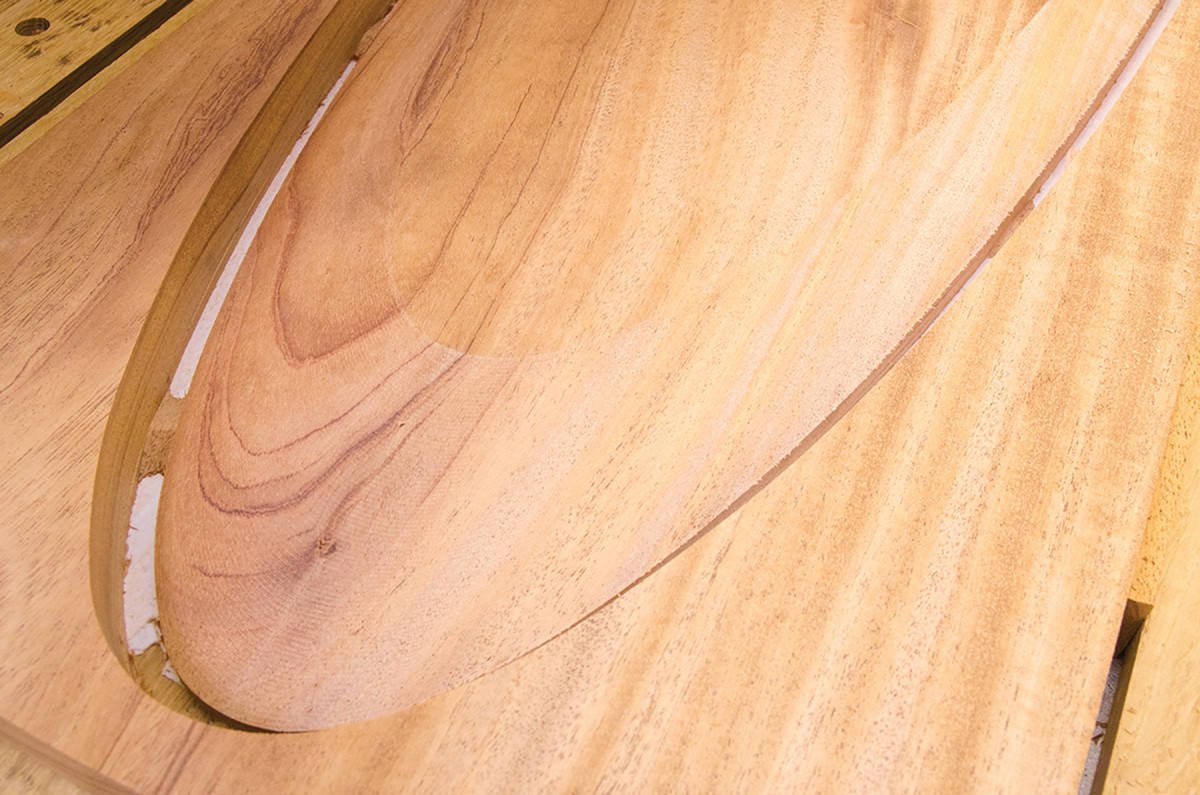
What a CNC can do. A good CAD drawing is critical for good CNC results. Above, the machine first 3D carves a curved tapered bevel on the underside of an oval tabletop for a sofa table.
All power tools, particularly stationery ones, give woodworkers three major advantages: precision, repeatability and speed.
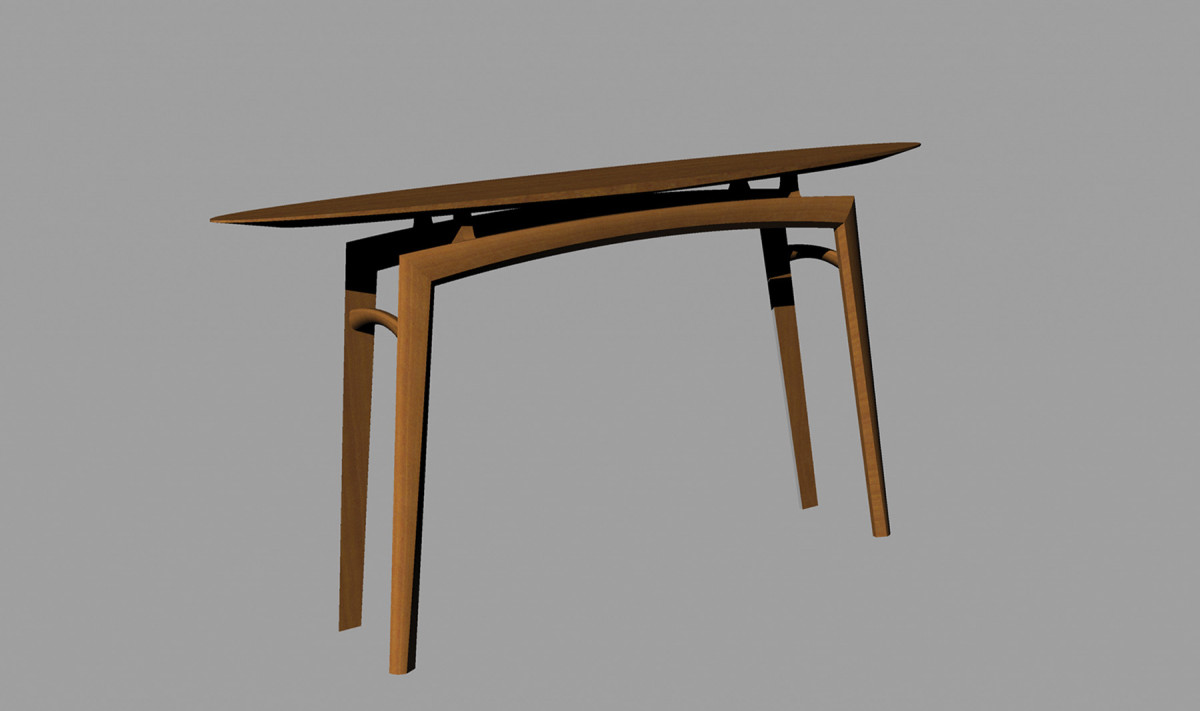
The part’s final shape is being cut based upon the CAD drawing.
Almost every tool, from a biscuit cutter to a drill press to a table saw, can do one or maybe two specific things very well. When you add various jigs, fixtures, patterns and techniques, these tools become more versatile.
Compared to other power tools, a CNC is different. It’s a general-purpose tool with unmatched versatility. Depending how you use it, a CNC can do a number of things well, and several things very well.
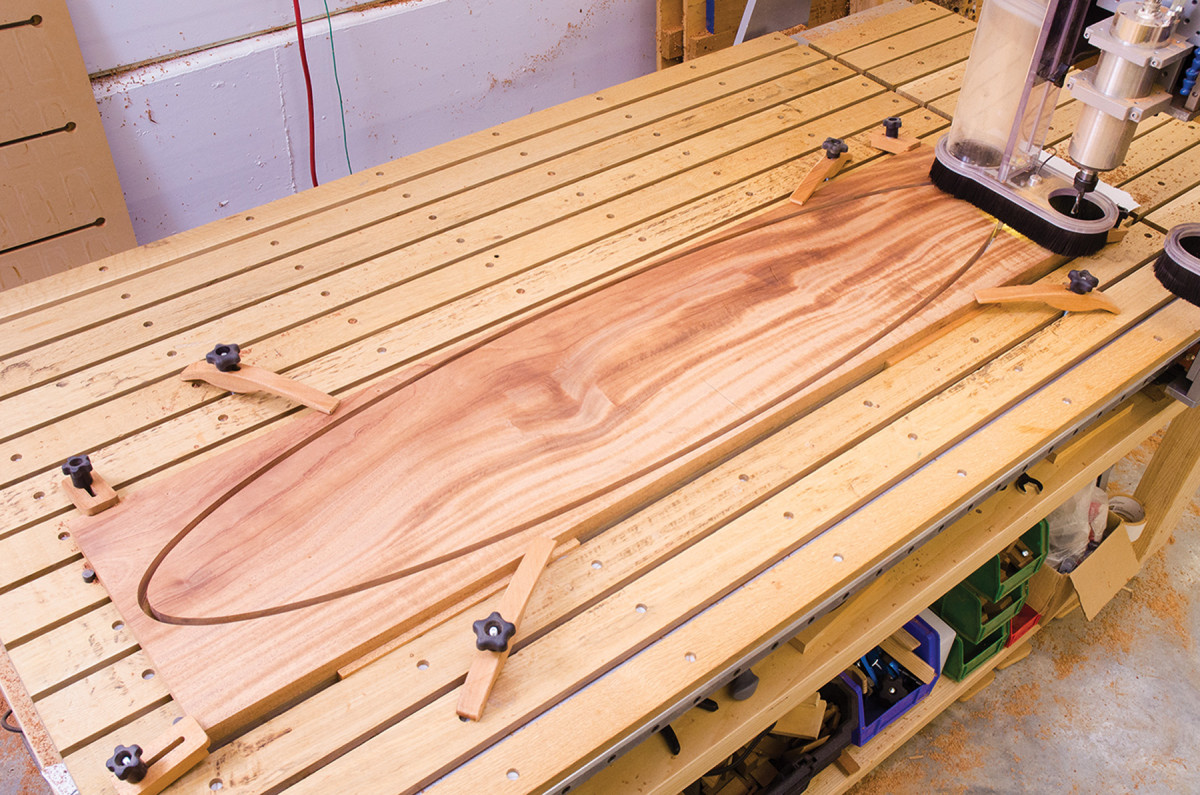 First and foremost, CNCs offer an incredible level of precision and repeatability. Pair that with powerful design software, mix in woodworking skills and add imagination, and a CNC is a potent tool.
First and foremost, CNCs offer an incredible level of precision and repeatability. Pair that with powerful design software, mix in woodworking skills and add imagination, and a CNC is a potent tool.
With all that precision, one thing a CNC excels at is cutting out parts and patterns. This is a machining process called “profile cutting” or “contour cutting.” The spindle follows along the outside or inside of your drawing’s lines to cut out parts. It doesn’t care if your design is straight or full of curves and shapes. Even better, you can set it up to cut out several parts at the same time.
A CNC is also great at cutting openings or making mortises through a process called “pocketing.” And various hole-making routines put holes wherever you like. Imagine all those holes in a cabinet’s sides for adjustable shelves being done perfectly and quickly.
Another process suited to woodworking is “engraving” – the spindle moves along the center of a drawn path. With different cutters you could carve a cove cut along the outside of a curved chair leg, engrave a design in a door or carve letters in the lid of a blanket chest.
CNCs can also do a number of ordinary but useful tasks, such as surface planing, in a process called “facing.” That giant slab that’s way too big for a jointer or planer? Not a problem.
And with its precision it excels at some kinds of joinery.
As you get more advanced, there are some amazing things a CNC can do in three dimensions, such as 3D shaping – carving a stool or chair seat for example.
Not so much a process as a bonus, a CNC can make things from existing digital plans. If your CNC is big enough for partial sheets of plywood, it’s great at making what is called “Flat Pack” or ready-to-assemble furniture – joints included. Not exactly fine woodworking, but still fun and useful projects. Thanks to the maker movement, there are thousands of free or low-cost plans available online for chairs, tables, cabinets, benches, stools, desks and more. Some designs are excellent. Download the file, follow the instructions and you have a quick piece of plywood furniture.
Do I Need to be Geeky?
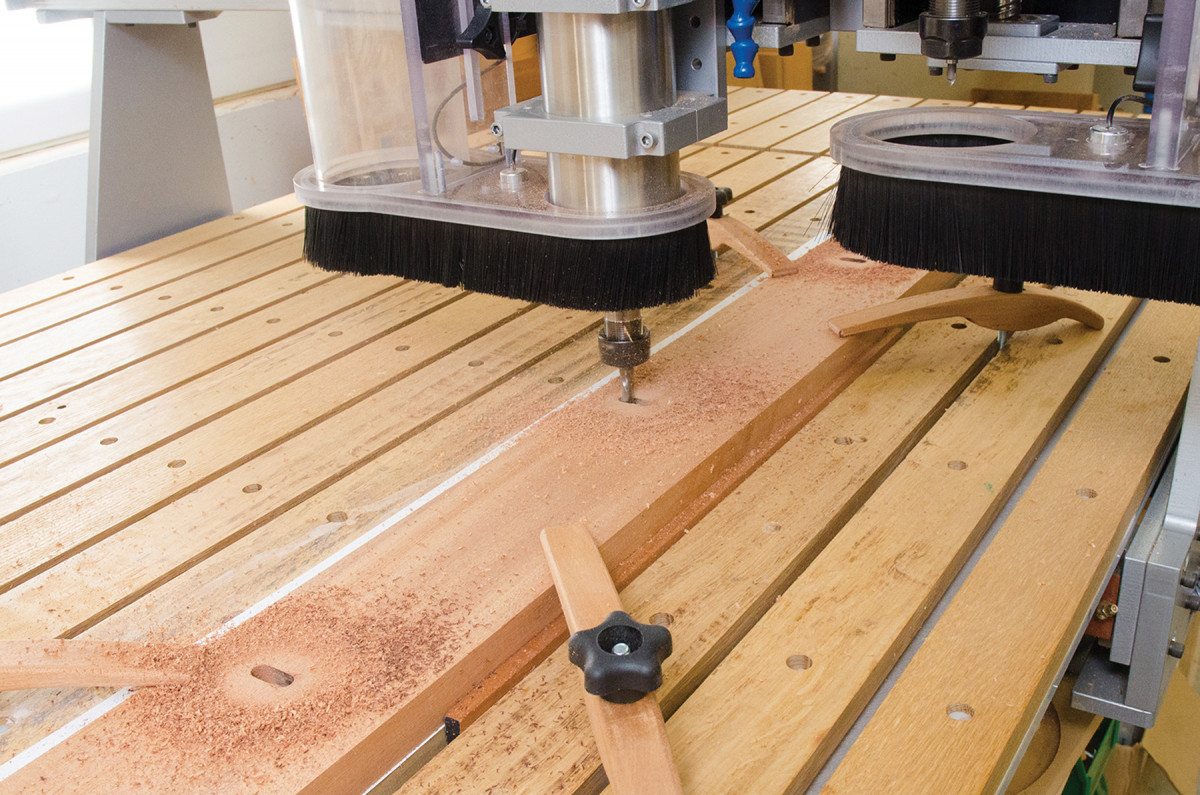
Joinery. With its high level of precision, you can easily cut accurate joinery. Here, the machine is cutting Domino mortises in the apron of a table.
Besides the cost of a CNC router and software, many people considering them are intimidated by all the technology. The short answer is that some geekiness is helpful, but not as critical as you might think.
But there’s no way to get around it: If you want to use a CNC, you need to get somewhat comfortable with computers. You don’t have to be an expert, but it is necessary to understand some computer basics, be able to work with files and online and, most important, learn two key pieces of software – computer-aided design (CAD) for creating your drawings and computer-aided manufacturing (CAM) software used to convert drawings into the tool paths and instructions the CNC follows.
Next, keep in mind that actually running a CNC will (likely) never be as easy as other high-tech tools like a 3D printer or a laser cutter. Because of the way they work and the limited tasks they do, they are simpler tools to operate. With a CNC there are too many possibilities for what a woodworker can do to a piece of wood for it to be as simple as point-and-click. What makes using a CNC different is that it’s really about understanding and applying a process. You have to think through what you want to do and how to do it ahead of time using CAM software. Once you get comfortable, you can do some remarkable things with wood.
There are also several new techniques to learn. For example, holding and aligning a board for precision cutting might sound simple, but it’s an ongoing challenge for woodworkers using a CNC. And picking the right bits and speeds for a given situation is something of an art form. But the biggest challenge for woodworkers is that, even though it’s just wood you’re working with, this is a different world – it’s really precision machining. With everything measured to .0001″, working at that level of precision and its consequences takes some getting used to.
A CNC operator can never forget that the machine will do exactly what you tell it to – even when you aren’t thinking clearly about what you just told it to do. The rule with CNCs is that you must think through every step that you’re doing. Not twice, as the saying goes for measuring, but three times.
Woodworking with a CNC also comes with some unique issues. You’ll find plenty of opportunity to apply your acquired woodworking knowledge and skill to get the best possible results. For example, you already know that taking smaller cuts and moving at slower speeds is usually better when milling thick pieces of wood than trying to force deep and fast cuts. This and many other tool techniques are just as true when using a CNC.
Software Considerations
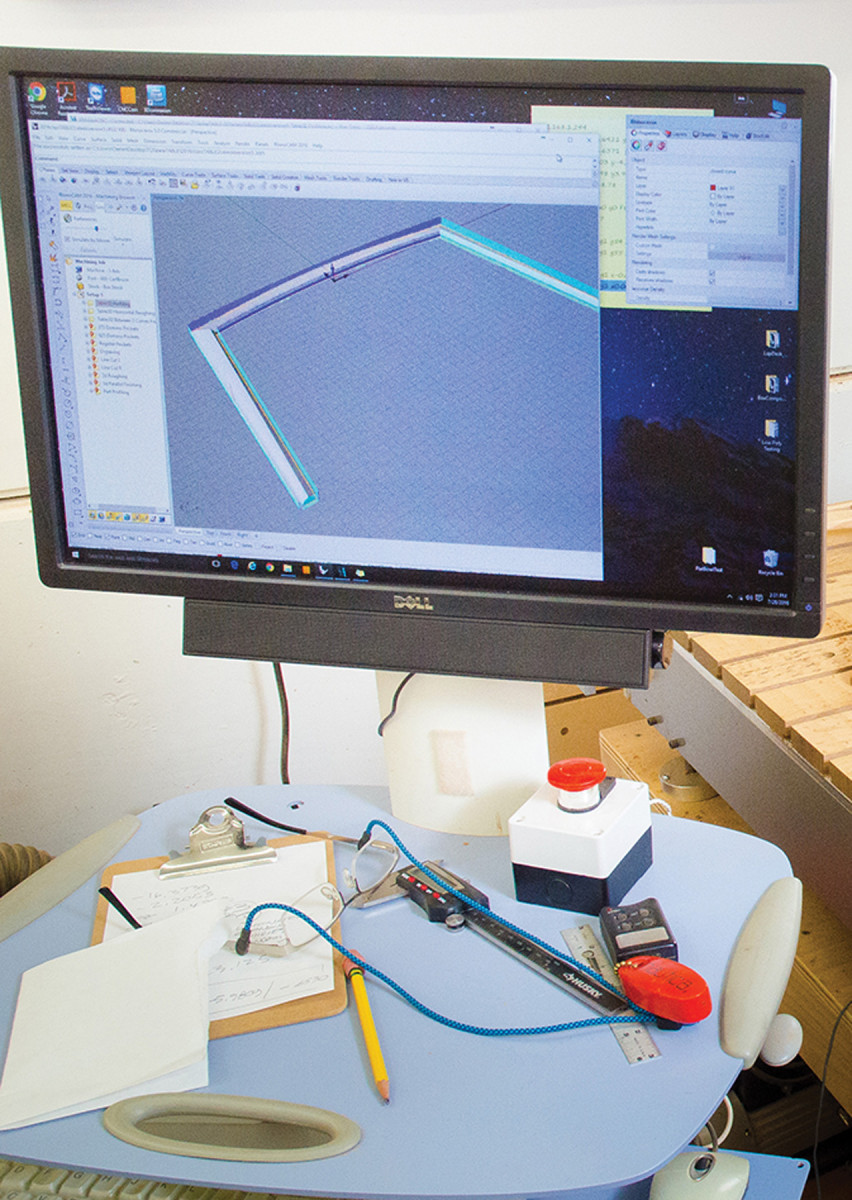
Computer skills. To make effective use of a CNC machine, you do need to be able to use CAD and CAM software.
CAD software – an essential part of using a CNC – is 2D or 3D technical drawing software that ranges in price from free to $10,000 or more. But most woodworkers don’t need hard-to-learn, high-end software. On the scale of things, our needs are pretty simple. While 3D CAD software has desirable benefits, woodworkers can get started with 2D drawings for basic CNC tasks. What’s essential, though, is the precision and expanded capabilities of real CAD software (not sketching software).
Some CNC manufacturers include CAD and CAM software with their machines – some is good, but a lot of it is underpowered or limited. I know it’s hard to argue with free, but be forewarned: There are good reasons why better CAD programs can cost hundreds of dollars or more. Well-designed software is usually easier to learn and use, better supported and more capable. Think long-term. If you’re going to use a CNC, you’ll be spending the bulk of your time learning and using the software – consider that you’re investing not just money, but also your time.
CAM software is what you use to tell the CNC what to do, based upon your CAD drawings. It’s where you’ll decide how to machine your project. Better software adds more features, shows the tool paths and simulates the moves that your machine will make visually, right on top of your drawings. This helps when making changes and correcting problems before a run.
Like CAD software, it’s priced from nothing to a lot. But because CAM software has traditionally been used in niche markets, manufacturing, die making and high-end machining, better software can be very expensive. The good news is that some companies are finally recognizing the comparatively limited needs of woodworkers and offering reasonably priced solutions for well-designed, easy-to-use software.
CNC Equipment Options
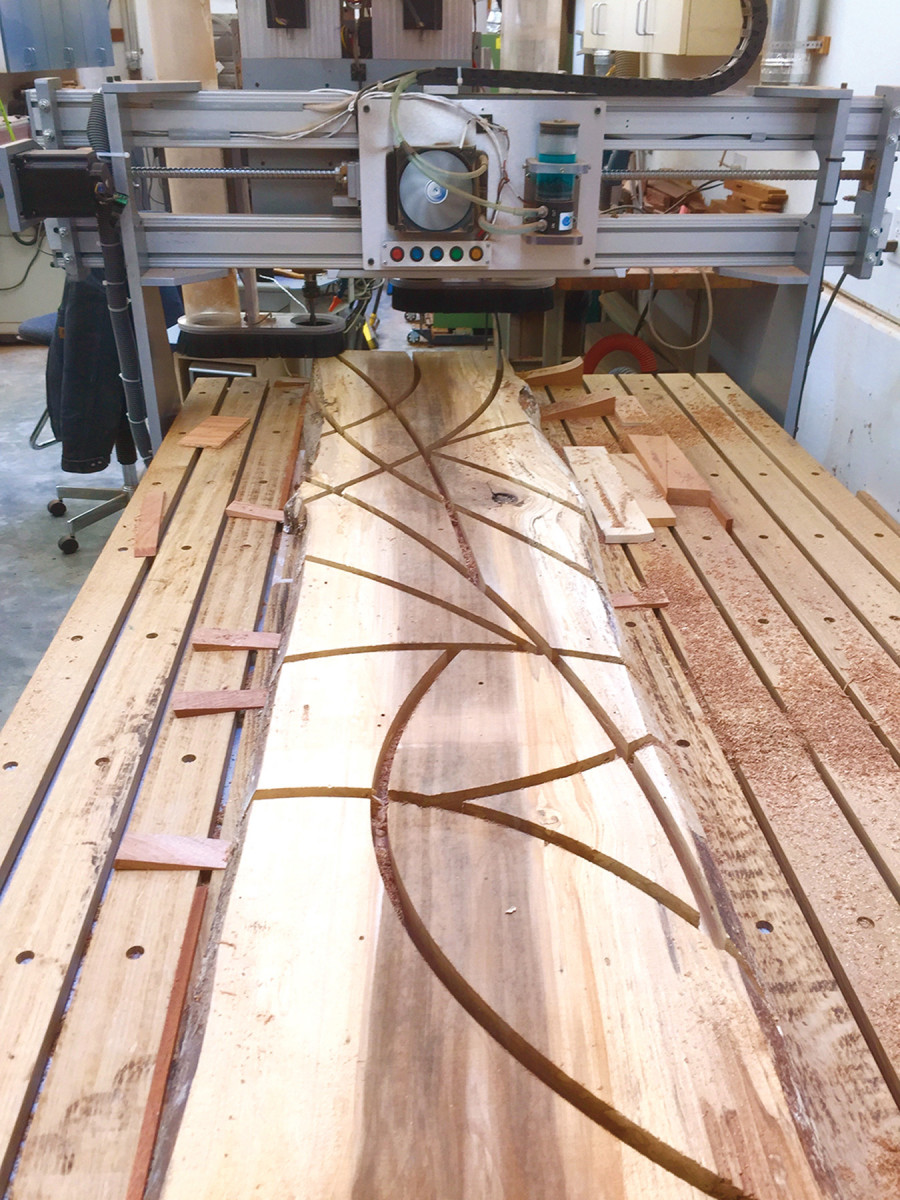
Flattening & engraving. A CNC can be programmed to create just about any pattern in wood – the only limit is your imagination. After it surface-flattened this slab of spalted alder, a series of deep grooves were cut as the second step in the process of building a 3D-carved wall hanging.
CNC machines come in many sizes and configurations, with features and different levels of precision and price. Prices have dropped rapidly the last few years, but even a small CNC machine is a considerable purchase for a hobbyist or professional. So like any major woodworking machine in a shop such as a table saw, jointer, planer or shaper, do your research and plan to buy for long-term use. Just as comparing an inexpensive jobsite saw to a quality cabinet saw, the least expensive and smallest solution may not be the best choice looking forward. An underpowered and undersized CNC, though good for making boxes, could be limiting if you also plan to build furniture.
And don’t forget to consider the available space in your shop. Any CNC needs an extra few feet in every direction beyond its table dimensions.
Cabinetshops tend to prefer larger CNCs designed for cutting sheet materials that are sized 48″ x 96″ or larger. These are direct descendants of large factory machines. They typically have a low depth of cut: 3-4″. Their large work surfaces often use heavy-duty vacuum systems that suck down flat material like plywood to hold it in place while cutting. Though excellent for this purpose, vacuum tables don’t work particularly well for small, solid wood parts. It’s a great solution for a cabinetshop with the space and industrial power to drive large 25-horsepower vacuum pumps. Large machines can range from $15,000 to well over $75,000. When you add the holy grail of CNC options – an automatic tool changer – you can go way beyond that.
It’s more practical for smaller shops and amateur woodworkers to consider a smaller machine. There are a number of them in the 18″ x 24″ to 24″ x 36″ sizes. Prices range from $3,000 to $7,000. With a small footprint being the key limitation, make sure you keep in mind what you’ll be using it for and the size of parts you need to cut.
New machines suited to a broader range of woodworking tasks but that still fit in smaller spaces are continually becoming more widely available. This is a big breakthrough for woodworkers. Sizes ranging from 2′ x 4′ to 32″ x 60″ to 4′ x 4′ (among other smaller sizes) are suited for making furniture parts and general woodworking uses in smaller shops. A vertical Z height of 6″ or more is a valuable feature to look for if you plan on doing 3D work.
Finally, an often-discussed alternative is to build your own – which I generally don’t recommend. Though cheaper, it’s a big challenge to pull off successfully, time consuming and requires special skills and knowledge in many areas – plus the results often fall well below the quality and precision of a factory or custom-made machine.
But there’s a middle ground: If you’re inclined to build one yourself, have the time and are handy with tools and a little bit geeky, a few companies make well-designed pre-cut kits where everything is included and critical components (such as electronic control boxes) come assembled and ready to plug in.
No matter the machine, you have to add in the cost of tooling – the various kinds of bits needed for woodworking on a CNC. Plan on spending at least a few hundred dollars just to get started.
Other Considerations
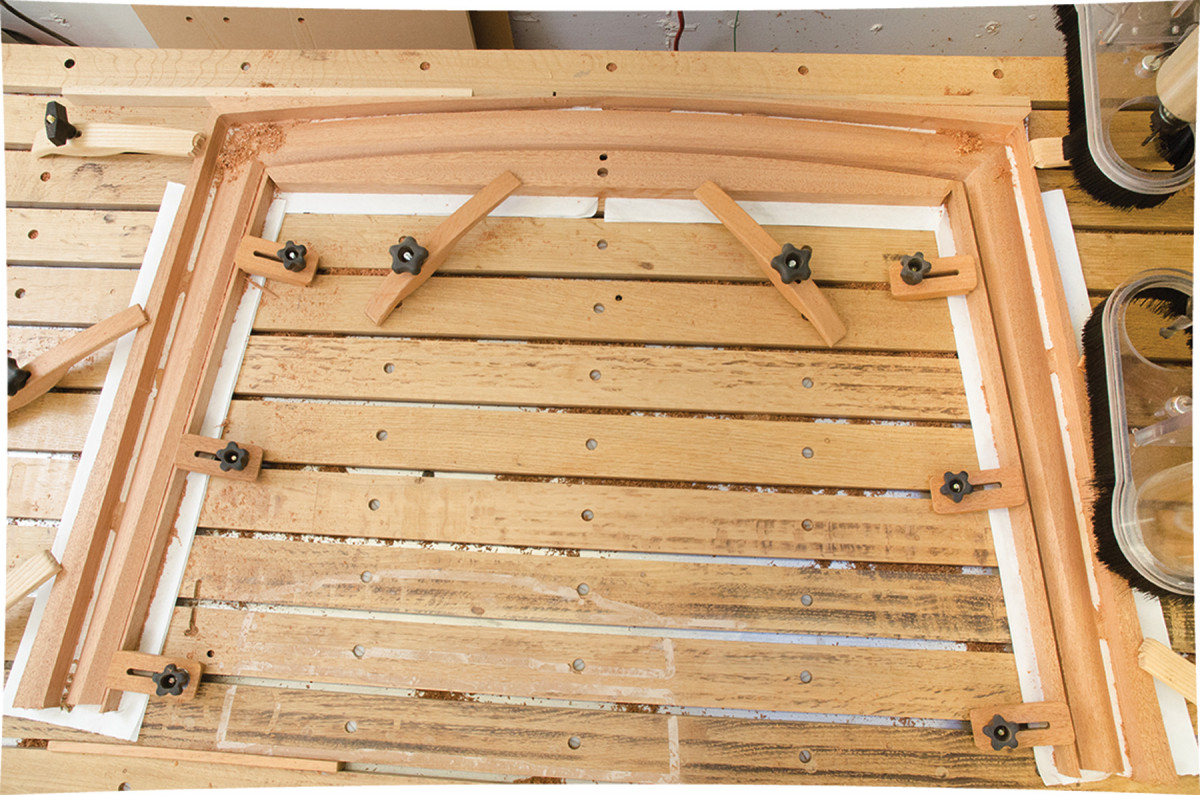
Putting it all together. With experience you can use a CNC to mill glued-up assemblies. After joinery, the legs and apron of the oval sofa table were glued together into an assembly, 3D shapes and tapered bevels were carved, then the entire piece was cut out using a CNC machine.
The final cost is the often-overlooked cost of learning. Fortunately, with better CAD and CAM software programs, the Internet provides lots of free or inexpensive training tutorials and videos. They can be helpful but, for many people, an in-person or interactive online training class is a better and faster way to learn. Some CNC classes are popping up as well. If you want to get going quickly and with confidence, training is something you might want to consider.
The real secret of getting the most out of a CNC? It’s all about CAD. The machines are obviously important, but the limits of what you can ultimately do is all about what you can create in CAD software. Once you’re comfortable with a new process and a few new techniques, CAD is the path that takes you from a great idea to great results. This is where the real creativity with any digital tool begins. Remember that the CNC just follows what you tell it to do. And, if you want to tell it to make cool things, it’s necessary and well worth your time to really learn CAD.
Just Another Tool – Though a Powerful One
For quite some time, I’ve been using CNCs in some form in my work. Now that I use them on a daily basis, the CNC is a regular part of my workflow. As a result my woodworking processes are evolving.
I cut furniture parts, do joinery and add shape and detailing that would be difficult or time consuming to do otherwise. Major bonus: Combining the CNC with other methods gives me the precision and repeatability of the best factory-made furniture even though I might be making a one-off piece. At the same time, as a woodworker I’m still able to build in the craftsmanship that’s expected in fine, custom-made furniture.
The real bonus is that I’ve found digital woodworking opening up my thinking as I design and create new work.
There’s a sweet spot between what we’ve done in the past and what you can do with these new digital tools. Similar to when power tools began moving into workshops over 100 years ago, it’s the intersection of new and traditional that helps push the craft forward to create new things.
Adding powered saws, planers, jointers, shapers and drills didn’t diminish what skilled and creative craftsmen could bring to their work: It only enhanced it. Adding digital tools is potentially just like that.
Going digital in woodworking is not an either/or scenario. Like every choice a craftsperson makes, it’s that special mix that works just right for you that’s most important. You can still use the traditional skills that make working with wood a joy. If you have a passion for perfectly hand-cut dovetails, for example, pull out your dovetail saw!
No doubt, CNC is a new approach – but it’s really just one more way to do woodworking. So is it right for you? If you’re open to a new way of doing things, it might be worth a deeper look. For me, at least, the combination works. As I look ahead, I find the creative possibilities very exciting.
Here are some supplies and tools we find essential in our everyday work around the shop. We may receive a commission from sales referred by our links; however, we have carefully selected these products for their usefulness and quality.








